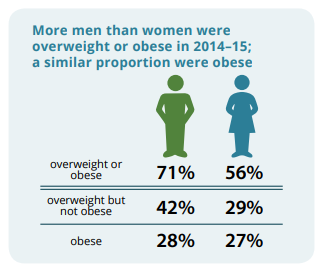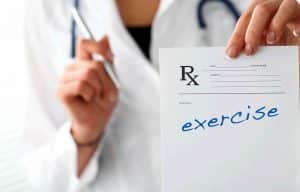Post by Kerry Staples, M Sports Physio (Sports), B HMS (Ex Sci), APA Sports & Exercise Physiotherapist
Nine out of 10 Australian teens don’t get the recommended hour a day of physical activity.
Australia ranks 140th out of 146 countries on the global activity rankings for 11-17 year olds!
“Baby Boomers” were the most active generation in recent research!
Families, schools, communities and governments and all of us have a role to play in ensuring future generations are active.
Sports and Exercise Physiotherapists are specifically trained in exercise prescription and have extensive knowledge of pathology and contributing factors underlying disease and injury. We provide optimal health care outcomes based on comprehensive knowledge of anatomy, pathology, physiology, biomechanics, and application of clinical reasoning and assessment skills to determine an individualised exercise and treatment program tailored to your needs.
Exercise prescription is an integral part of physiotherapy practice and is clinically used to:

- Optimise musculoskeletal function for daily living, activity and sport
- Improve neuromuscular control and movement patterns throughout the life cycle
- Maintain and improve cardiovascular fitness, pulmonary, endocrine and bone health
- Improve function and maintain health during and after rehabilitation
- Decrease hospital length of stays and reduce health risk factors
- Improve psychological well-being and mood
If you have wondered why would I see a physiotherapist? Or what does an elite sports physiotherapist do, please feel free to follow the link to some of our previous blog articles.
Many of us today do not get enough regular exercise and activity as recommended by the Australian department of health physical activity and sedentary behaviour guidelines. Recently, about 1 in 4 (27%) children and adolescents aged 5–17 were overweight or obese in 2017-18. 2 in 3 (67%) adults were overweight or obese in 2017–18. 1 in 3 (31%) of Australians were obese.
Physical Activity Guidelines – how do you measure up?
Children and adolescents 5-17 years

- Accumulating 60 minutes or more of moderate to vigorous physical activity per day involving mainly aerobic activities, with several hours of a variety of light physical activities;
- Activities that are vigorous, as well as those that strengthen muscle and bone should be incorporated at least 3 days per week
- Sedentary Behaviour
- Break up long periods of sitting as often as possible
Adults 18-64 years

- Doing any physical activity is better than doing none. If you currently do no physical activity, start by doing some, and gradually build up to the recommended amount. Be active on most, preferably all, days every week.
- Accumulate 150 to 300 minutes (2 ½ to 5 hours) of moderate intensity physical activity or 75 to 150 minutes (1 ¼ to 2 ½ hours) of vigorous intensity physical activity, or an equivalent combination of both moderate and vigorous activities, each week.
- Do muscle strengthening activities on at least 2 days each week.
Older adults 65+ years
- Do 30 minutes of moderate activity from this group on most days
- Do specific strength exercises two or three times a week
- Flexibility and balance exercises a few times a week
To achieve greater health benefits, it is recommended that we try to replace sedentary time with additional moderate to vigorous physical activity, while preserving sufficient sleep.
- Minimise the amount of time spent in prolonged sitting.
- Break up long periods of sitting as often as possible.
- Limit sedentary recreational screen time to no more than 2 hours per day for children.
As experts in exercise across the life span, physiotherapists play an important role in promoting, prescribing and managing exercise programs.
Come and see the team at RHP physiotherapy today.
Further details are available at
https://fitness.org.au/articles/most-recent/baby-boomers-come-out-on-top-as-most-active-generation/50/1875/184 Activity guidelines
https://www1.health.gov.au/internet/main/publishing.nsf/Content/pasb. Obesity figures are from
